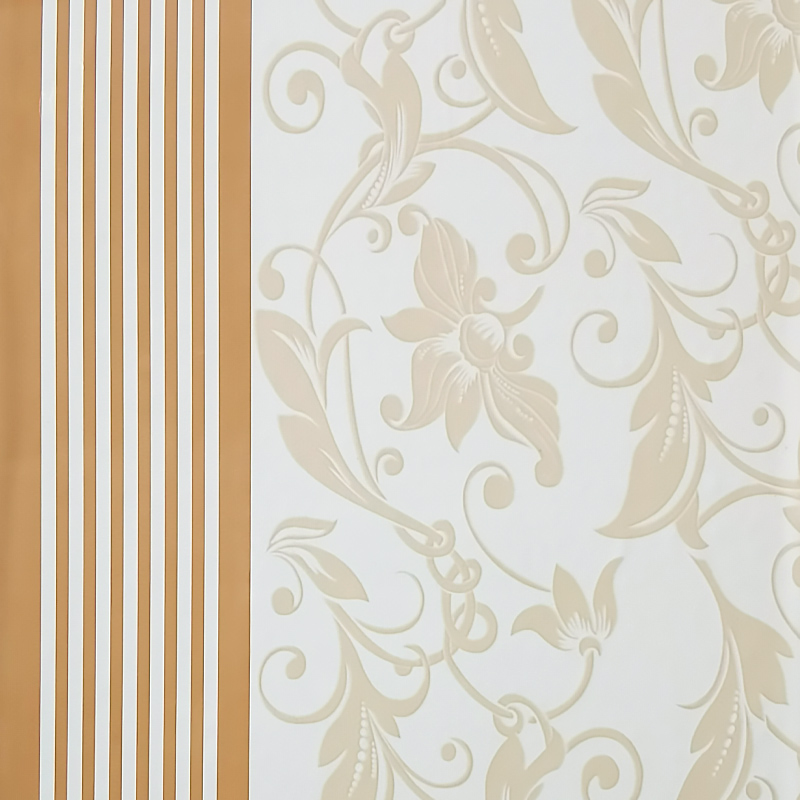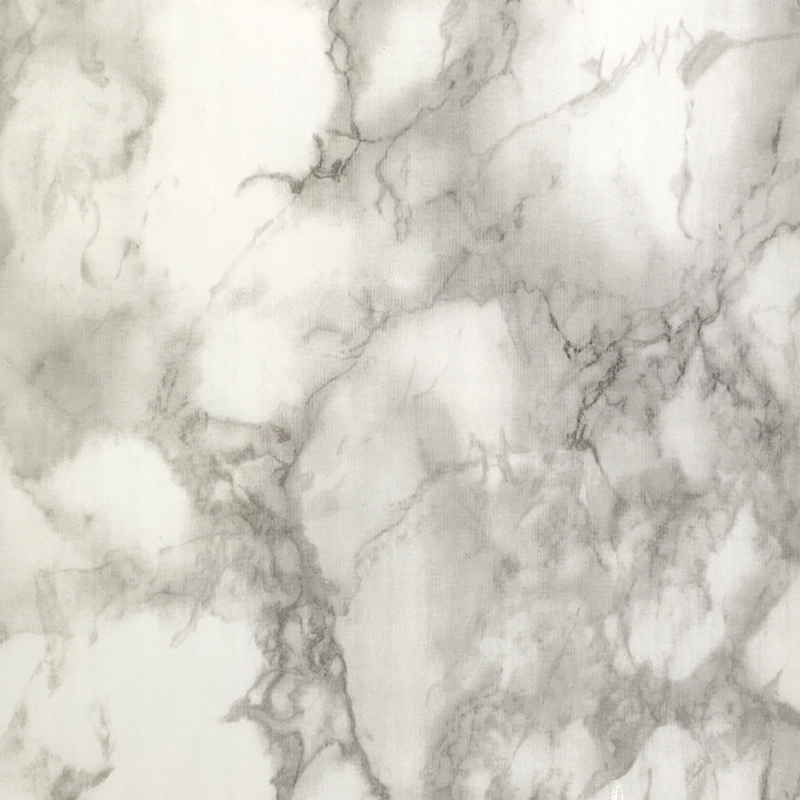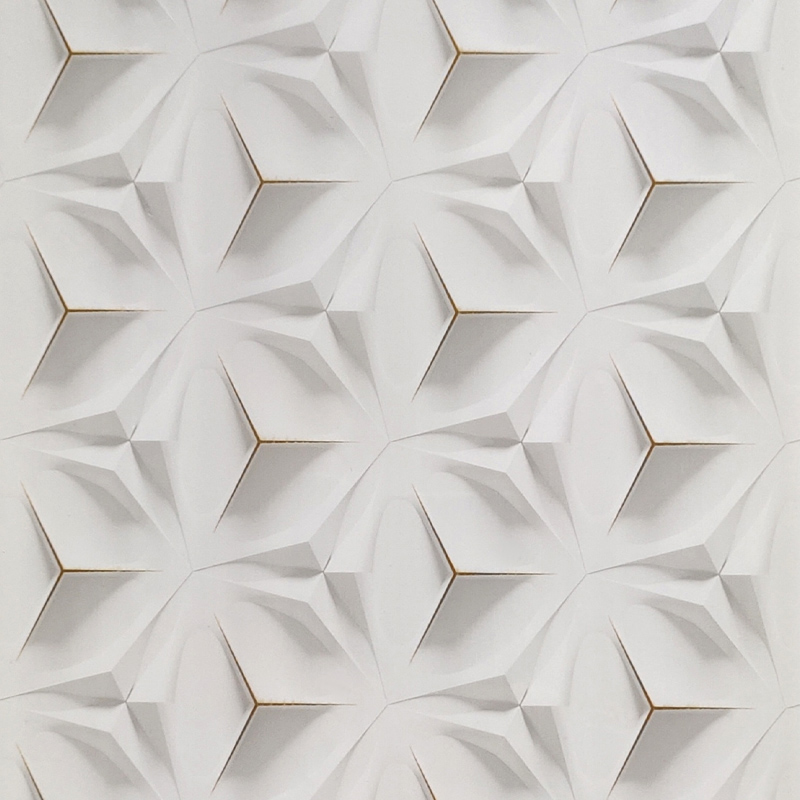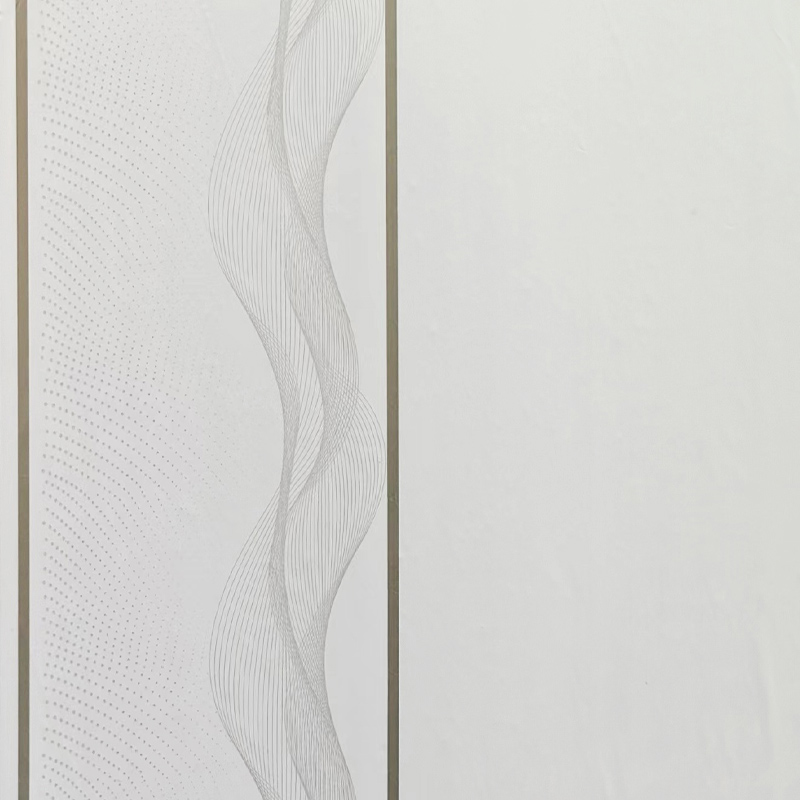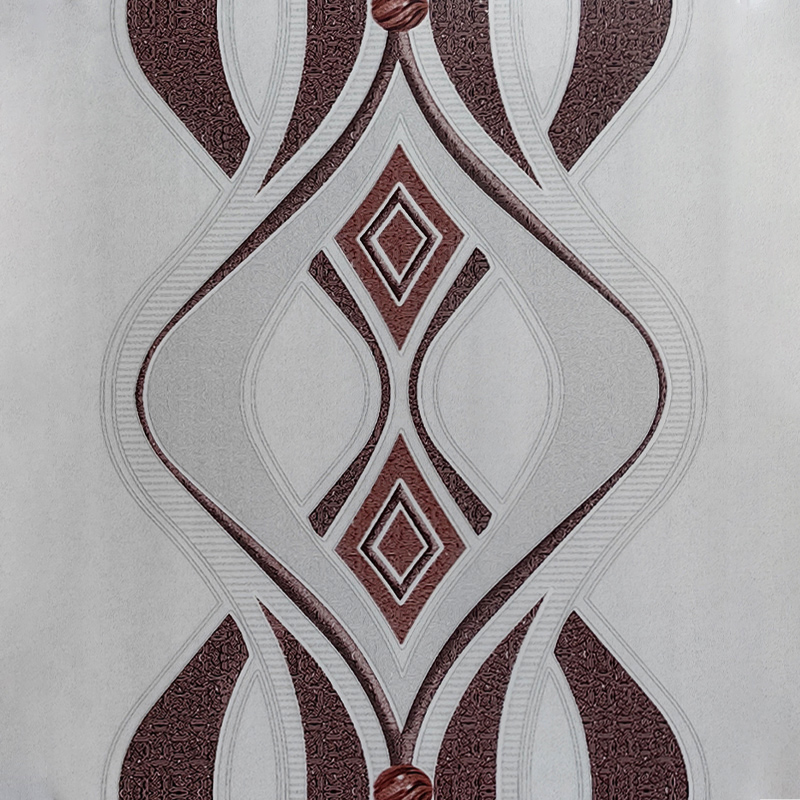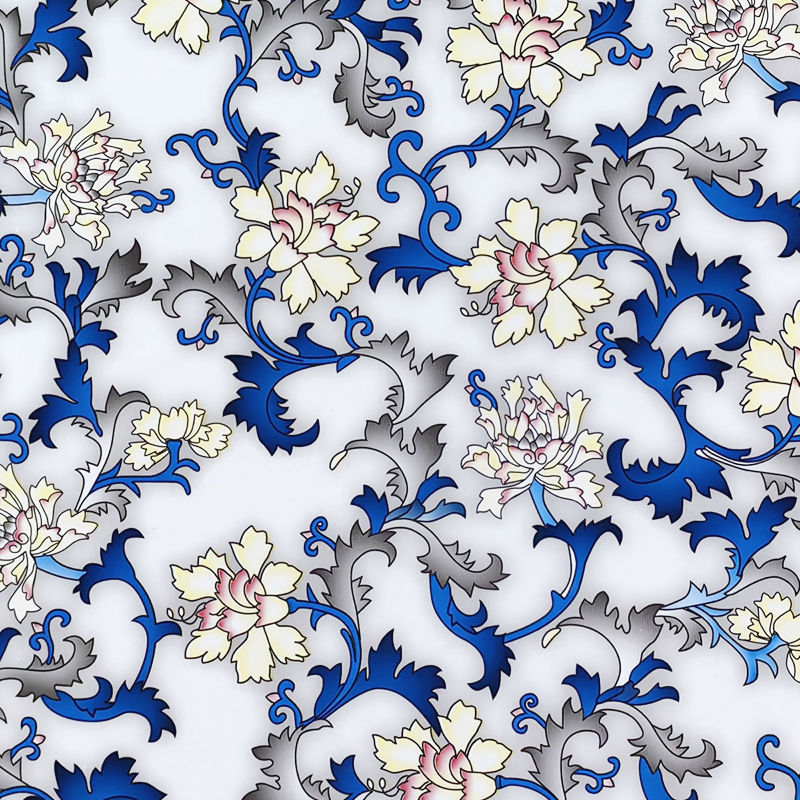What Is Polypropylene Foil? Properties, Uses, and Benefits
Polypropylene foil (PP foil) is a versatile plastic film material with widespread industrial and consumer applications. This comprehensive guide explores everything you need to know about this material, from its fundamental properties to practical applications and environmental considerations.
Understanding Polypropylene Foil Composition
Polypropylene foil consists of thermoplastic polymer sheets made from propylene monomers. The material undergoes specific manufacturing processes to achieve desired thicknesses ranging from 10 microns to several millimeters. Key characteristics include:
- High chemical resistance
- Excellent moisture barrier properties
- Good thermal stability
- Flexible yet durable structure
Manufacturing Process of PP Foil
The production of polypropylene foil involves these primary steps:
| Process Stage | Description | Key Parameters |
| Polymerization | Propylene monomers are chemically bonded to form polypropylene | Temperature, pressure, catalyst type |
| Extrusion | Molten PP is forced through a flat die to form continuous sheets | Melt temperature, die gap, cooling rate |
| Orientation | Sheets are stretched to improve mechanical properties | Stretch ratio, temperature |
| Finishing | Surface treatments or coatings may be applied | Corona treatment, coating thickness |
Key Properties of Polypropylene Foil
Understanding these technical characteristics helps in selecting the right PP foil for specific applications:
Physical Properties
- Density: 0.905-0.92 g/cm³
- Melting Point: 160-170°C
- Tensile Strength: 25-40 MPa
- Elongation at Break: 100-600%
Chemical Resistance
PP foil demonstrates excellent resistance to:
- Acids and alkalis
- Organic solvents
- Oils and greases
- Alcohols
Barrier Properties
The material provides effective barriers against:
- Water vapor
- Microorganisms
- Odors
- Non-polar gases
Common Applications of Polypropylene Foil
PP foil serves numerous industries due to its adaptable properties:
Packaging Industry Uses
- Food packaging (snacks, confectionery, baked goods)
- Pharmaceutical blister packs
- Retail product overwrapping
- Shrink wrap applications
Industrial Applications
- Electrical insulation
- Protective coverings
- Release liners
- Composite material layers
Consumer Product Uses
- Adhesive tape backings
- Stationery products
- Decorative laminates
- DIY project materials
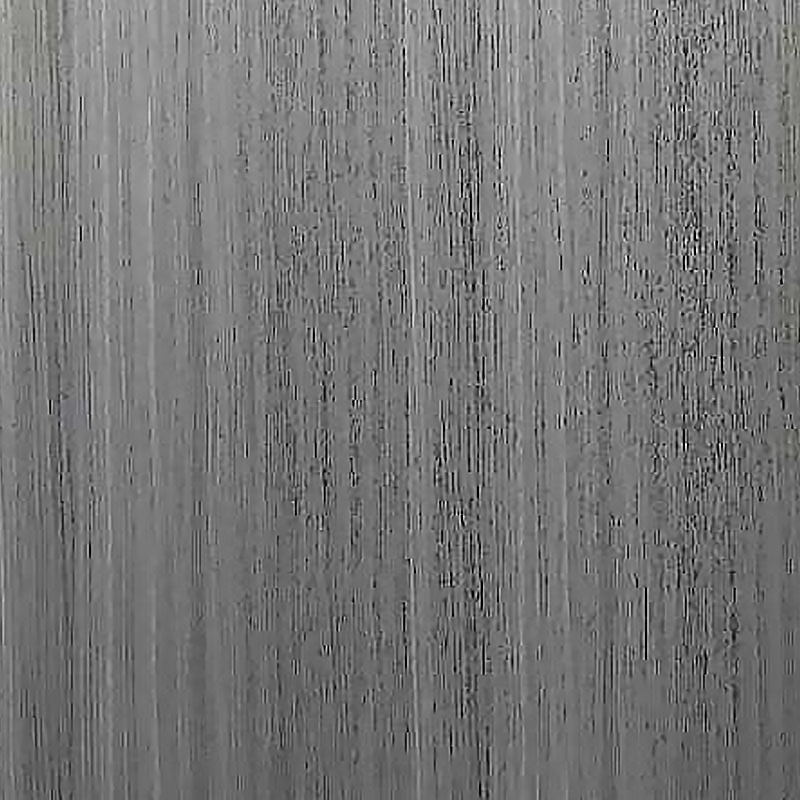
Advantages of Polypropylene Foil Over Alternatives
PP foil offers distinct benefits compared to similar materials:
Versus Polyethylene Foil
- Higher melting point
- Better clarity and gloss
- Improved stiffness
- Superior moisture barrier
Versus Aluminum Foil
- Lower cost
- Microwave safe
- Better flexibility
- Transparency options
Versus PVC Foil
- More environmentally friendly
- Better chemical resistance
- Higher temperature tolerance
- No plasticizer migration
Environmental Impact and Recycling
PP foil presents several environmental considerations:
Recyclability Factors
- Recycling code #5 (PP)
- Mechanically recyclable in many locations
- Requires proper cleaning before recycling
- Downcycling common in reprocessing
Degradation Characteristics
- Resistant to biodegradation
- Can be processed with oxo-degradable additives
- Potential for chemical recycling methods
- Energy recovery possible through incineration
Sustainability Improvements
- Thinner gauges reducing material use
- Bio-based PP development
- Improved collection systems
- Advanced sorting technologies
Selection Criteria for Polypropylene Foil
Consider these factors when choosing PP foil for specific applications:
Thickness Considerations
- Standard range: 15-200 microns
- Thinner foils for lightweight packaging
- Thicker grades for industrial applications
- Multi-layer constructions for enhanced barriers
Surface Characteristics
- Glossy vs. matte finishes
- Printable surfaces
- Heat-sealable coatings
- Anti-fog treatments
Specialty Features
- Metalized versions
- Perforated types
- Anti-static properties
- UV-stabilized grades
Handling and Storage Guidelines
Proper care ensures optimal performance of PP foil products:
Storage Conditions
- Temperature range: 15-25°C
- Relative humidity below 65%
- Protect from direct sunlight
- Store rolls vertically
Processing Recommendations
- Optimal sealing temperatures: 140-170°C
- Allow for thermal expansion
- Use sharp cutting tools
- Maintain proper tension in roll handling
Safety Precautions
- Minimize dust accumulation
- Ensure adequate ventilation
- Use proper lifting techniques
- Follow manufacturer's MSDS
Future Developments in PP Foil Technology
Emerging trends shaping the future of polypropylene foil:
Material Innovations
- Nano-composite enhancements
- Improved barrier technologies
- Bio-based polypropylene
- Self-healing coatings
Production Advancements
- Energy-efficient manufacturing
- AI-driven quality control
- Thinner yet stronger foils
- Faster production lines
Sustainability Focus
- Enhanced recyclability
- Chemical recycling methods
- Reduced carbon footprint
- Circular economy models
Frequently Asked Questions About Polypropylene Foil
Is polypropylene foil safe for food contact?
Yes, food-grade PP foil meets stringent regulatory requirements for direct food contact applications. It contains no harmful plasticizers or heavy metals.
Can PP foil be used in microwave ovens?
Polypropylene is microwave-safe for short durations at moderate power levels. Always verify the specific product's microwave suitability.
How does temperature affect PP foil performance?
PP maintains properties from -20°C to 120°C. Below -20°C it becomes brittle, while above 120°C it begins softening.
What's the difference between cast and oriented PP foil?
Cast PP has more uniform properties, while oriented PP (OPP) has higher strength and clarity due to molecular alignment during stretching.
Is polypropylene foil recyclable?
Yes, PP foil is technically recyclable where facilities exist, though collection systems vary by location. Clean foils have better recycling potential.
Conclusion
Polypropylene foil offers an exceptional combination of properties that make it invaluable across numerous industries. From its excellent chemical resistance and moisture barrier capabilities to its versatility in applications ranging from food packaging to industrial uses, PP foil continues to prove its worth as a high-performance material. As technology advances, we can expect to see further improvements in polypropylene foil's sustainability profile and performance characteristics, ensuring its continued relevance in an increasingly environmentally conscious marketplace.


 English
English русский
русский Español
Español عربى
عربى bahasa Indonesia
bahasa Indonesia
